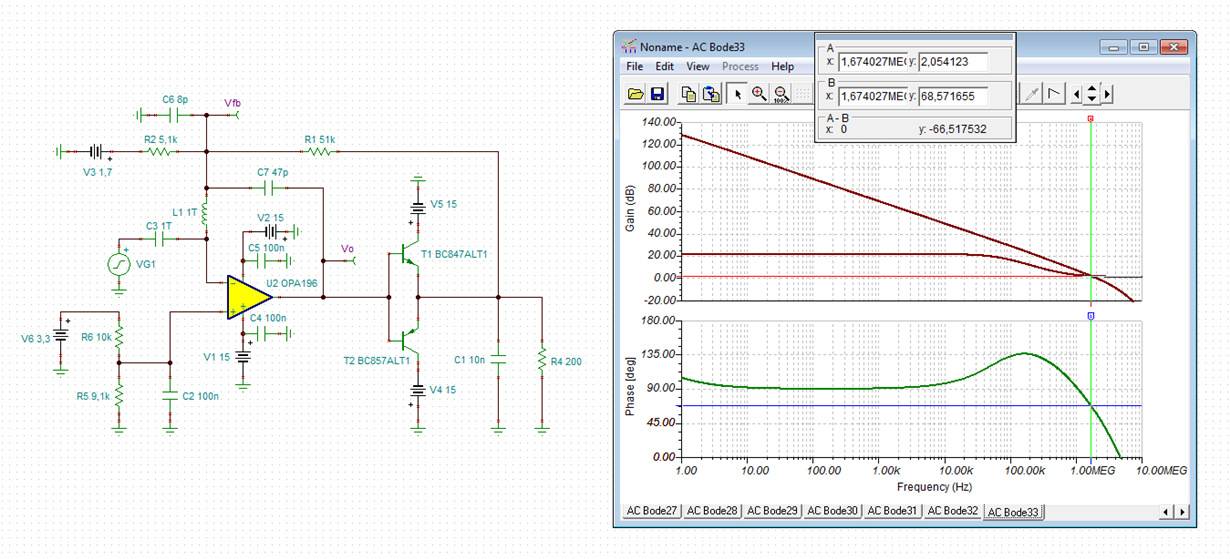Other Parts Discussed in Thread: TINA-TI, OPA2990, TLE2071, TLE2141
Dear Michael, dear Thomas, thank you.
Please, answer
I will use amplifier for the next purpose: I need to generate positive and negative pulses 5...14 V amplitude, 10....50 millisecons duration.
1) Probably, you mean a distortion of the "step" type at the moment the voltage passes through zero? Please see figure 1 in attach.
Amplifier's harmonic distortion is not so important in my application. The capacitance at the output of the amplifier, most likely, will not exceed 5nF.
2) Based on this, can I apply my circuit without any modifications? Please, see attach. Will I need a compensation to assure stability?
3) Does it make sense to install a 100 ohm resistor between the output of the amplifier and the bases of transistors T1 and T2 ?
TIA
Sincerely,
Vladimir Naumenkov









